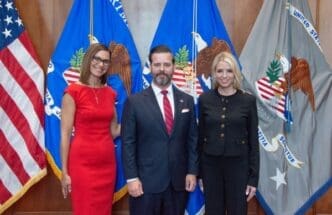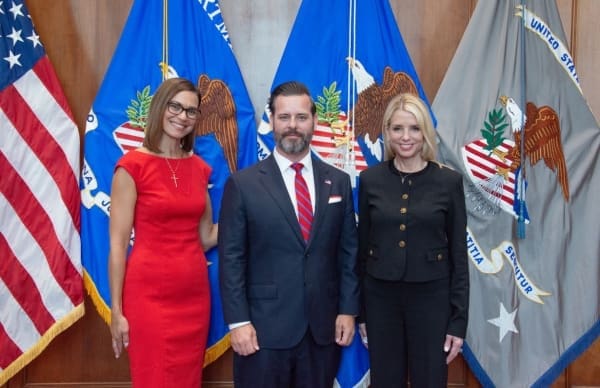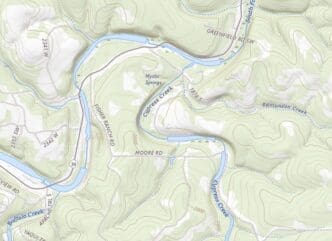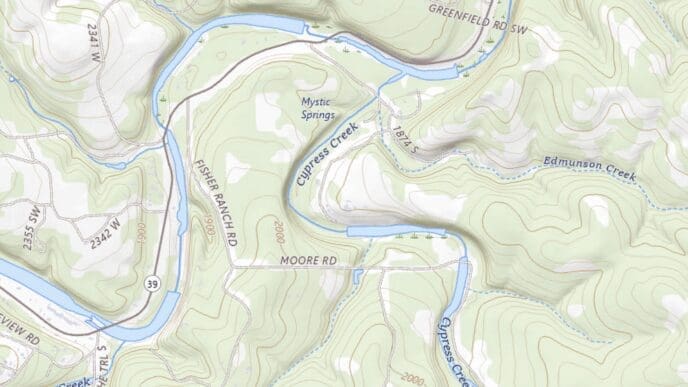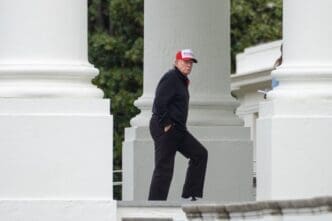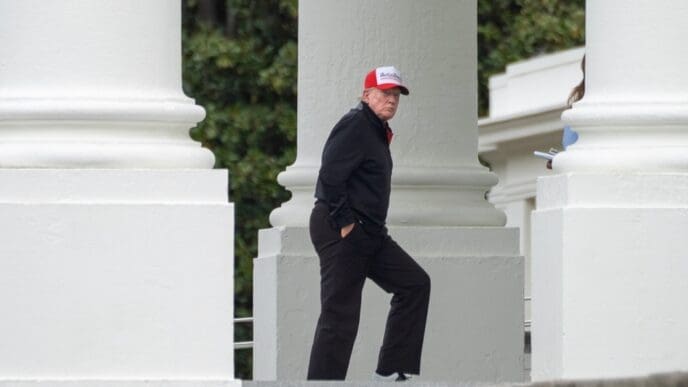In the heart of the United States, a profound cultural and spiritual tradition thrives as Ethiopian congregants gather in Washington, D.C. Dressed in traditional white garments, they sing in Ge’ez, the ancient liturgical language of one of Christianity’s oldest branches. During lengthy religious services at the DSK Mariam Church, the language resonates throughout the space as worshippers prostrate themselves in reverence and bow while priests walk among them, swinging incense burners.
Formally known as the Re’ese Adbarat Debre Selam Kidist Mariam Church, this congregation was established in the U.S. capital in 1987 and now boasts over 1,500 registered members. According to church leaders, more than 4,000 people attend services weekly. As part of the Ethiopian Tewahedo Orthodox Churches, it is one of the oldest Christian faiths in Africa. There is a strong focus on preserving Ge’ez and other faith traditions for future generations in the bustling D.C. area, home to the largest Ethiopian diaspora community in the United States.
The Ethiopian community in the U.S. has grown significantly over the past 50 years, largely following the 1974 overthrow of the late Ethiopian Emperor Haile Selassie, a figure revered by many Rastafarians. Estimates of Ethiopians in the U.S. range widely, from over 250,000 to unofficial diaspora leader estimates of closer to 1 million, with the largest community residing in the D.C. metropolitan area, particularly in nearby Maryland and Virginia counties. They contribute substantially to the economic well-being and cultural vitality of the region.
To reach younger members and new converts, DSK Mariam also offers services in Amharic and English. Congregants can follow prayers on large plasma TVs, adorned with the green, yellow, and red colors of the Ethiopian flag, hanging from the church’s columns. “It truly feels like home,” remarked a young attendee born in Addis Ababa and now studying in Baltimore. The church’s rich rituals and services offer deep spiritual meaning, providing a sense of connection to Ethiopian roots amidst the city’s distractions.
Significant symbolism weaves through the faith practice. For example, worshippers remove their shoes before entering the church as a sign of respect. The “netela,” a white cotton scarf-like cloth, symbolizes modesty and purity, representing the cloth believed to have wrapped Jesus at birth and during the crucifixion. Incense symbolizes the Virgin Mary, and the charcoal that burns it represents Jesus’s divinity.
Worship at DSK Mariam is an intergenerational experience that engages the senses. During recent services, children’s laughter mingled with priestly chants as deacons held an umbrella as a symbolic covering of their sacred liturgy. When bells rang for communion, worshippers queued to receive it, waiting for a priest to break bread and place a piece in their mouths. Some lit candles and prayed for divine protection for loved ones back home, where Ethiopia faces ongoing regional conflicts and widespread need for food aid and medical care.
At the service’s conclusion, church members captured video footage of an elder singing a liturgy passed down through generations. This footage is preserved on the church’s YouTube channel for future generations, ensuring the tradition’s continuity. “We are asked to memorize many of our traditions and prayers,” noted a church youth ministry leader. “As long as the person is alive, the traditions remain alive.”
The Cultural and Social Impact
The preservation of Ethiopian Orthodox traditions in Washington, D.C., offers a vital link for the Ethiopian diaspora to maintain cultural identity and spiritual continuity in an evolving environment. The church functions as both a religious and cultural hub, fostering a sense of community and belonging among Ethiopian-Americans. For younger generations, it provides a connection to their heritage and an opportunity to learn and practice their ancestors’ traditions, strengthening their cultural identity amid the fast-paced American lifestyle.
Economically, the vibrant Ethiopian community in the D.C. area contributes significantly to local business and cultural diversity, enhancing the broader social fabric with its unique heritage and customs. The church’s efforts to engage youth and newcomers ensure the faith’s enduring relevance while supporting a culturally rich and diverse regional community. By embracing both tradition and modernity, the church sets a model for maintaining cultural heritage while adapting to new environments.
